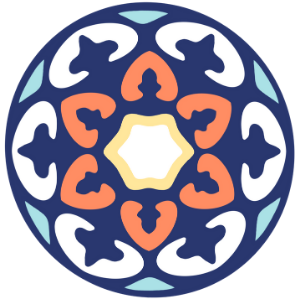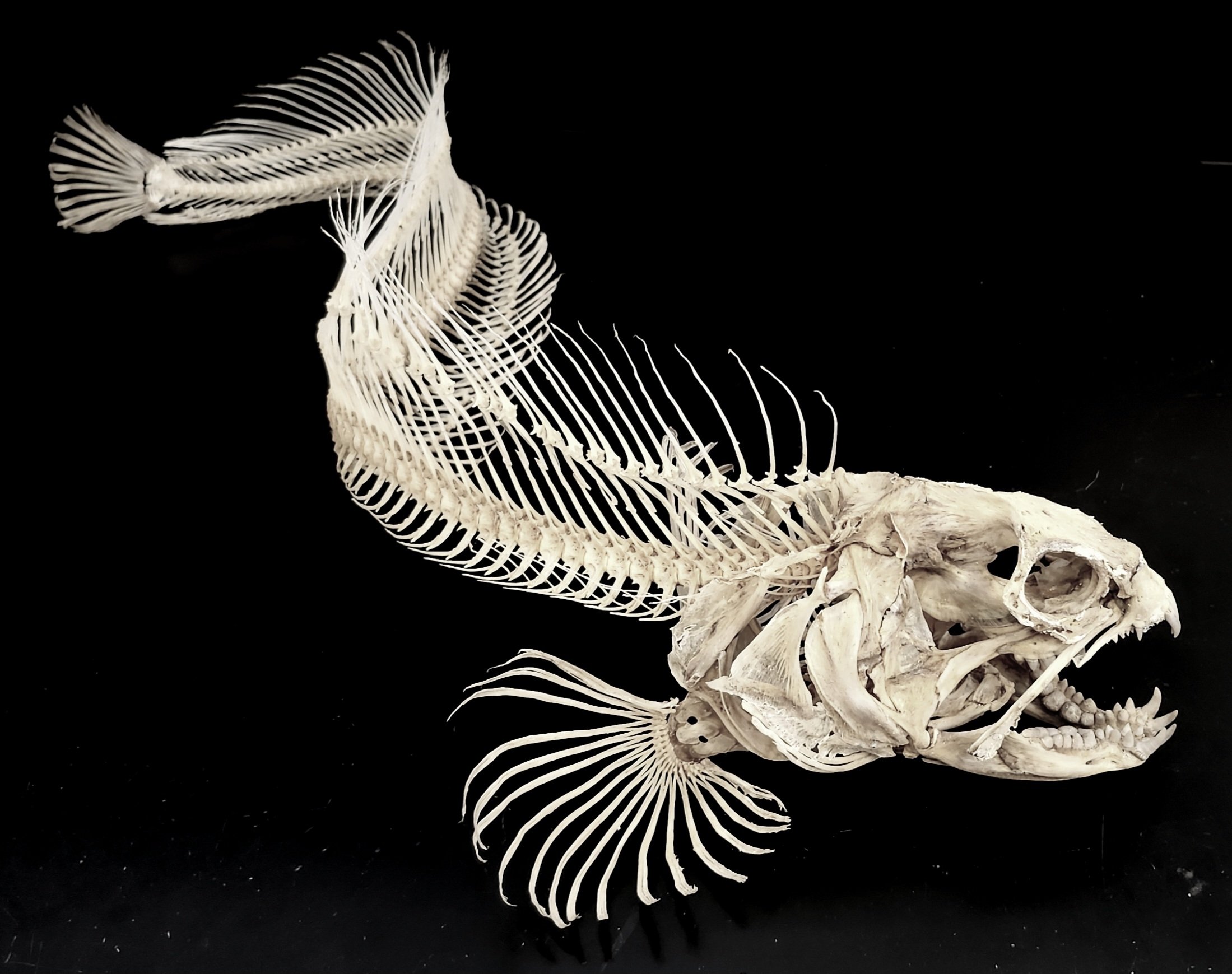Interview with artist and boat captain Peter Lathourakis
Captain Pete is both a fisherman and an artist, and his time at sea plays a central role in shaping his creative work. With a strong commitment to conservation, he strives to practice sustainable fishing while also honoring his responsibility to protect the ocean. His artwork draws inspiration from the “natural structures” he encounters daily.
Capt. Pete participated in the 2025 Under the Sea Virtual Exhibition. The panel of judges chose her art piece, “Pearl Ether,” as the best piece that represented the category “Connecting People and the Ocean.”
Q. Tell us a little bit about yourself and what you do.
My name is Peter Lathourakis, I am a Bering Sea Fisherman with 40 years’ experience in the pollock industry. I spend 7 months a year at sea working. At home, I create, and when I vacation, I hope to be found enjoying the underwater view through a snorkeling mask.
Q. What sparked your fascination with the ocean and how has your relationship with the ocean evolved through your artistic journey?
Let’s talk skeletons, nature’s most beautiful structures. One day, I decided that I wanted a fish skeleton. So, while out at sea, I took a few fish and put them in a garbage can full of water. I let all the flesh rot off until there were only the bones left; a stinky process. Once the bones were cleaned, I began the process of reassembling. With no education in anatomy, I set forth to build this 3D puzzle with more than 200 parts. It took weeks to figure it all out. I was so impressed upon viewing a full skeleton that I had to try different species.
One can really understand evolution through bone structure. Most fish have all the same bones, but with varying shapes. My appreciation of the ocean has grown through careful observation of the structure of individual fish.
Q. What has been the most challenging project or concept you've worked on?
All my pieces are challenging. I think that's what I like most about it. Fluid art works well when the pieces are small, but if you're doing a large piece on metal it's not a simple process. Little flaws can magnify overnight as the paint settles. I have a 32-inch wolf fish which will be very challenging. To degrease the skeleton alone will be a difficult process, but I am very excited to see how the wolf eel inspires me to paint.
Q. How do you see the role of artists in addressing environmental issues like ocean conservation?
I hope to bring attention to the variety and beauty of life that exists in the ocean. When one can appreciate the beauty, hopefully, an interest in conservation follows.
Q. What role does research play in your artistic process?
In my artwork, research is never-ending. There's always more to learn about different techniques and different species.
Q. Have you ever worked with marine scientists or conservationists? What was that experience like?
I can tell you with certainty that without marine scientists guiding the regulation of the fisheries we would devastate our fish stocks. On our ship we employ two government observers that work around the clock to ensure all regulations are strictly followed. The observers count every fish, gather information, and report to National Marine Fisheries Services (NMFS). NMFS then uses that information to regulate bycatch hot spots in real time, issue yearly distribution of fish quotas, protect future fish stock, and much more. Without NMFS, our fishery would only last a few years before we humans would wipe it out. Unfortunately, our government is attacking the agencies we depend on to fish responsibly, keep the oceans healthy, and continue our livelihood.
If you could be any ocean creature, what would you be and why?
Any of a number of reef fish. After doing a lot of snorkeling around coral reefs, I am amazed at how different species cooperate and work together. I would enjoy living in warm water with intricate and vibrant reefs as my living room.





